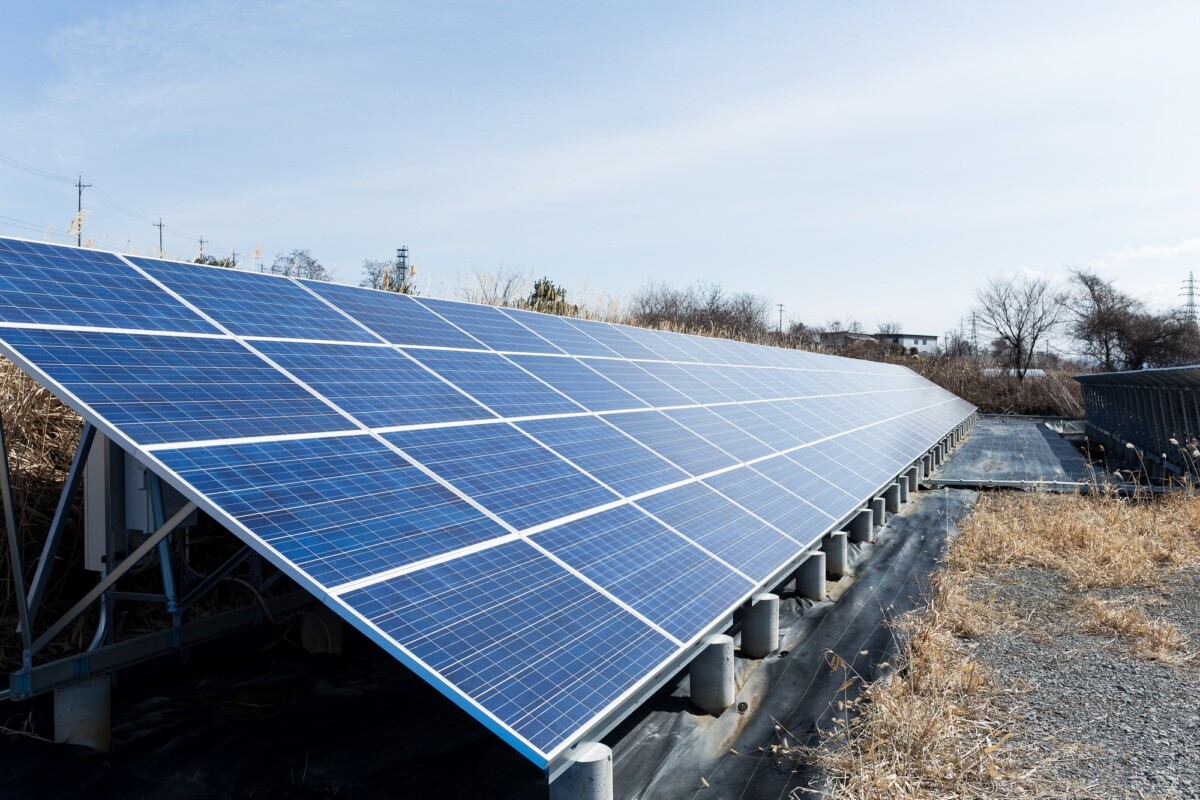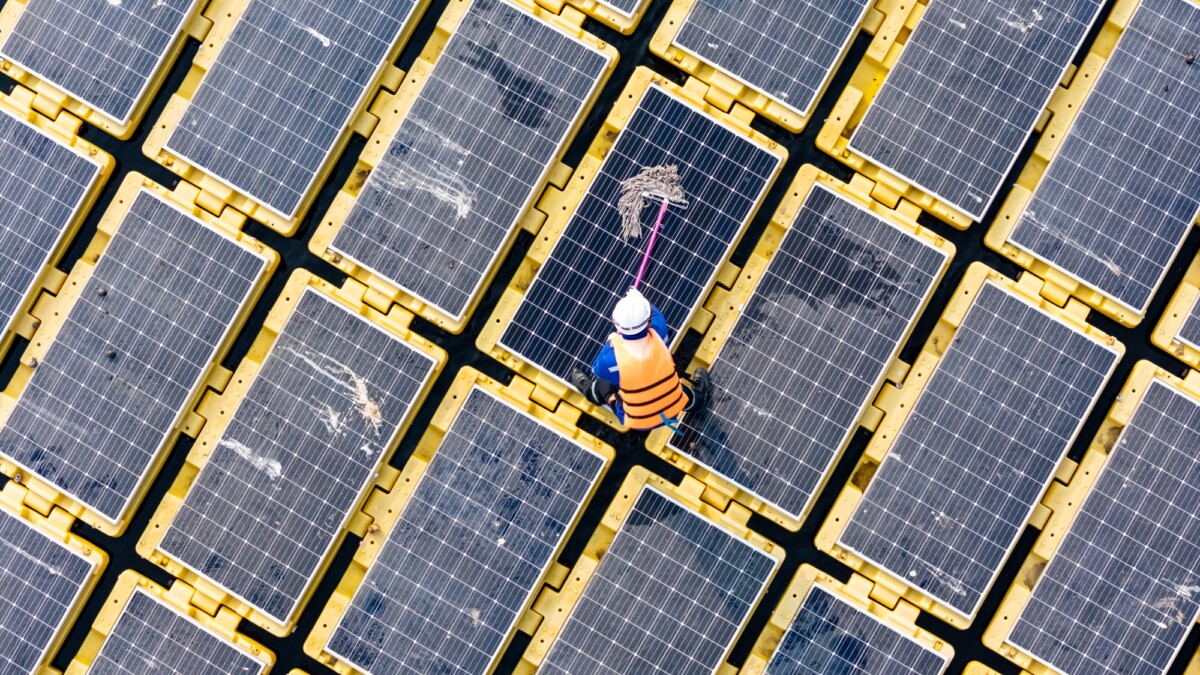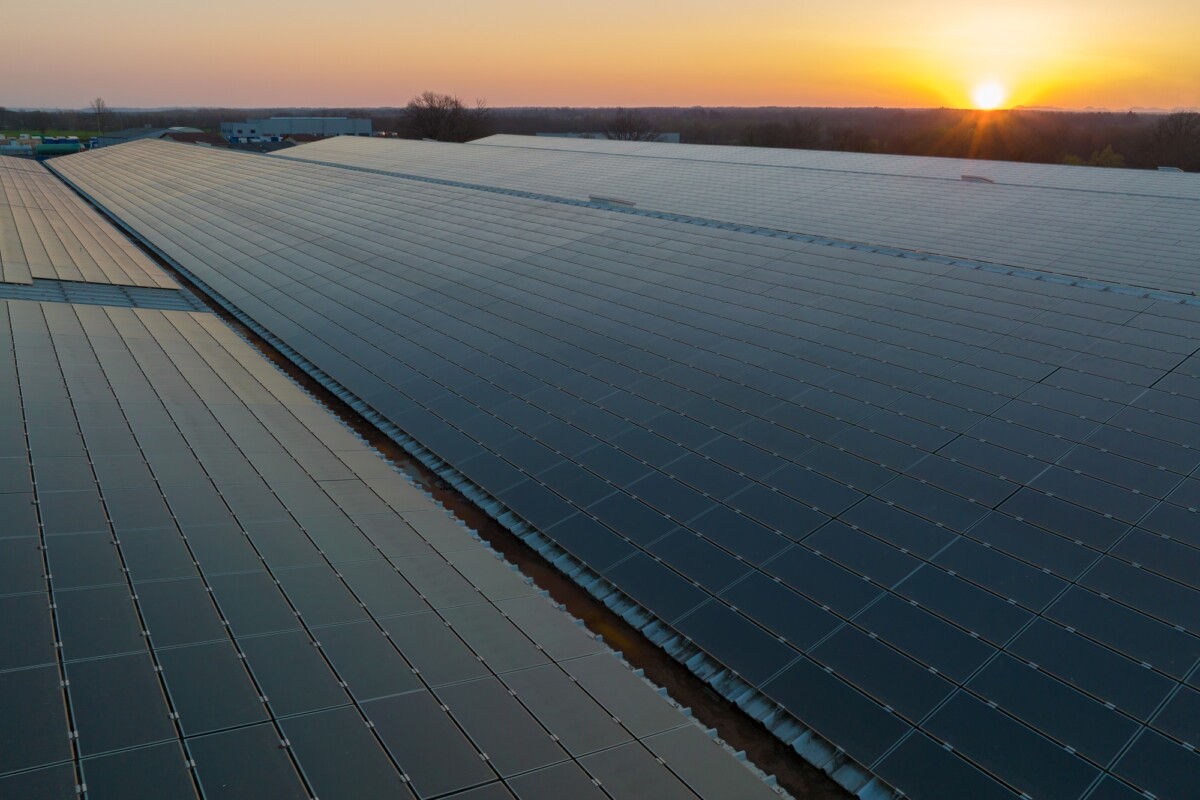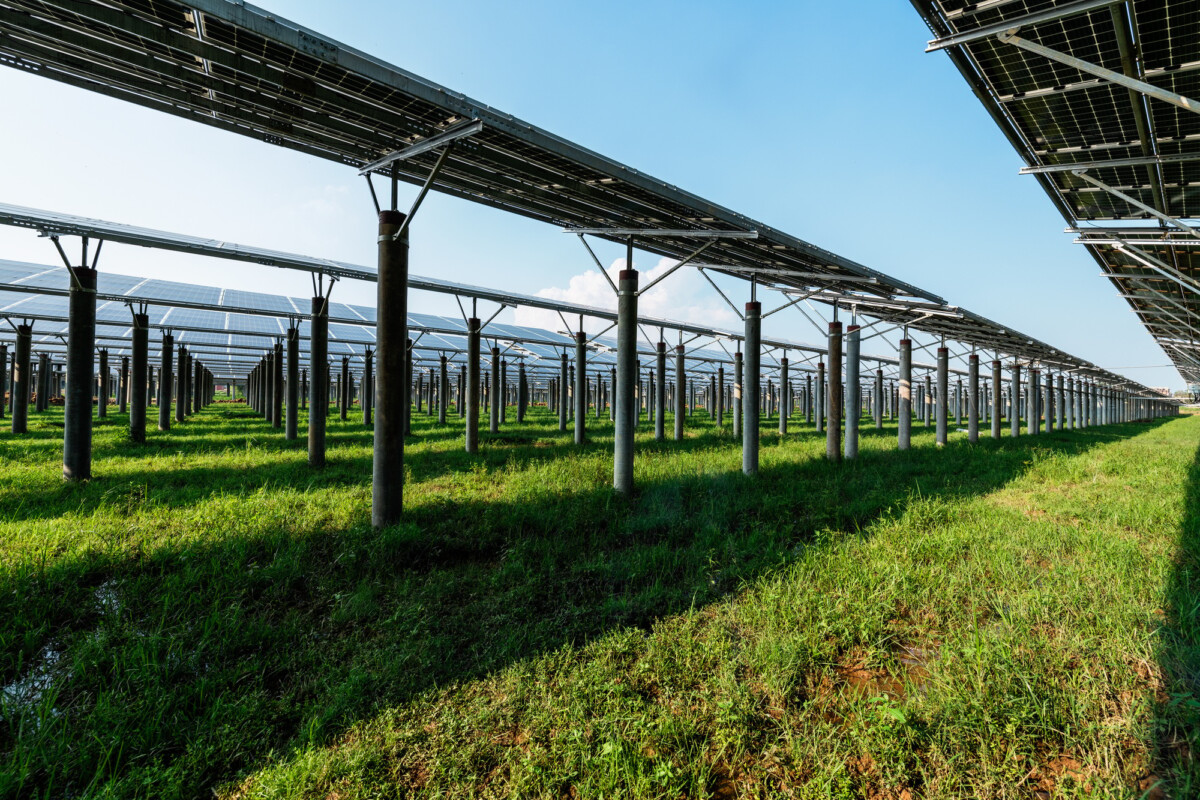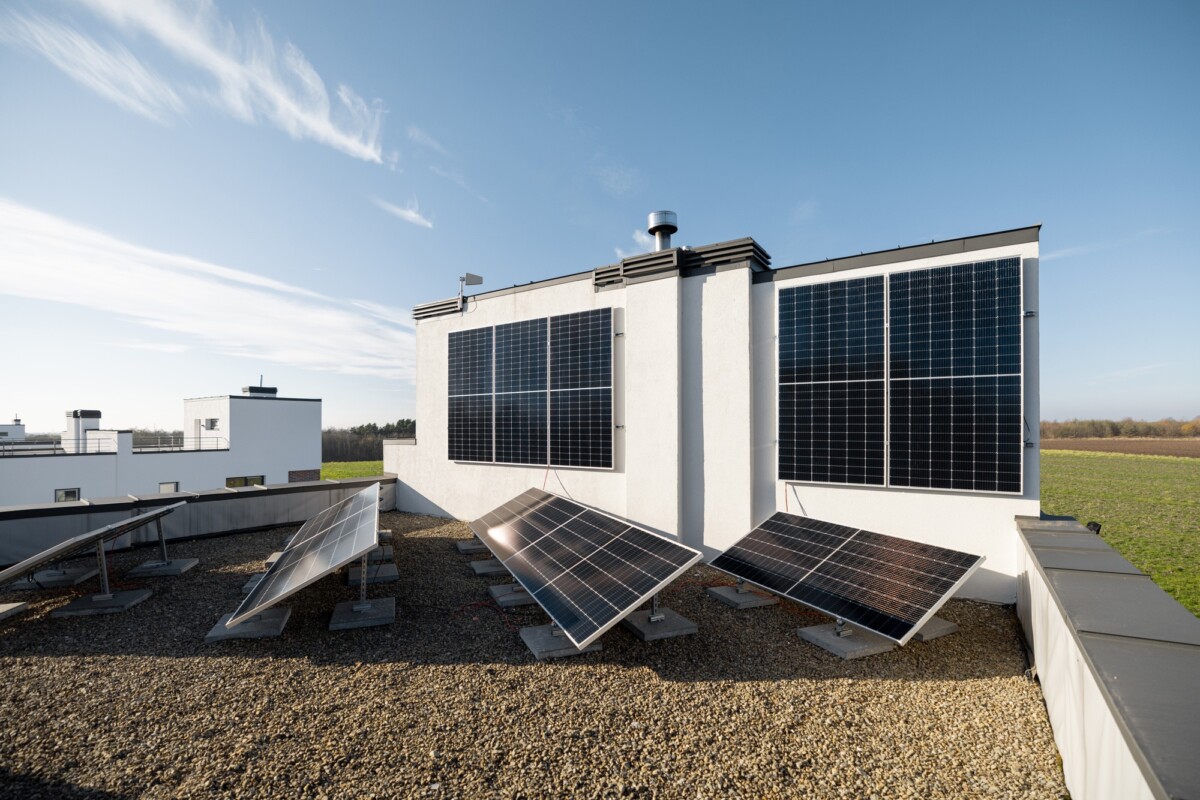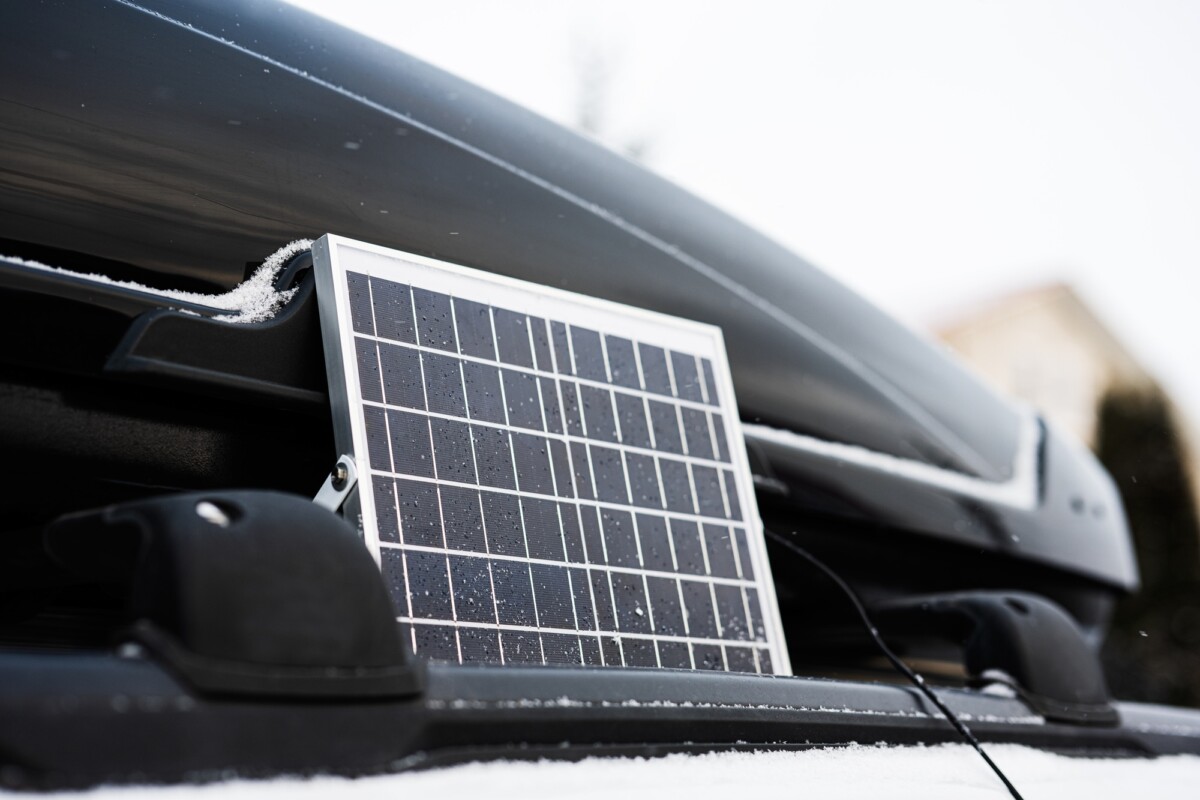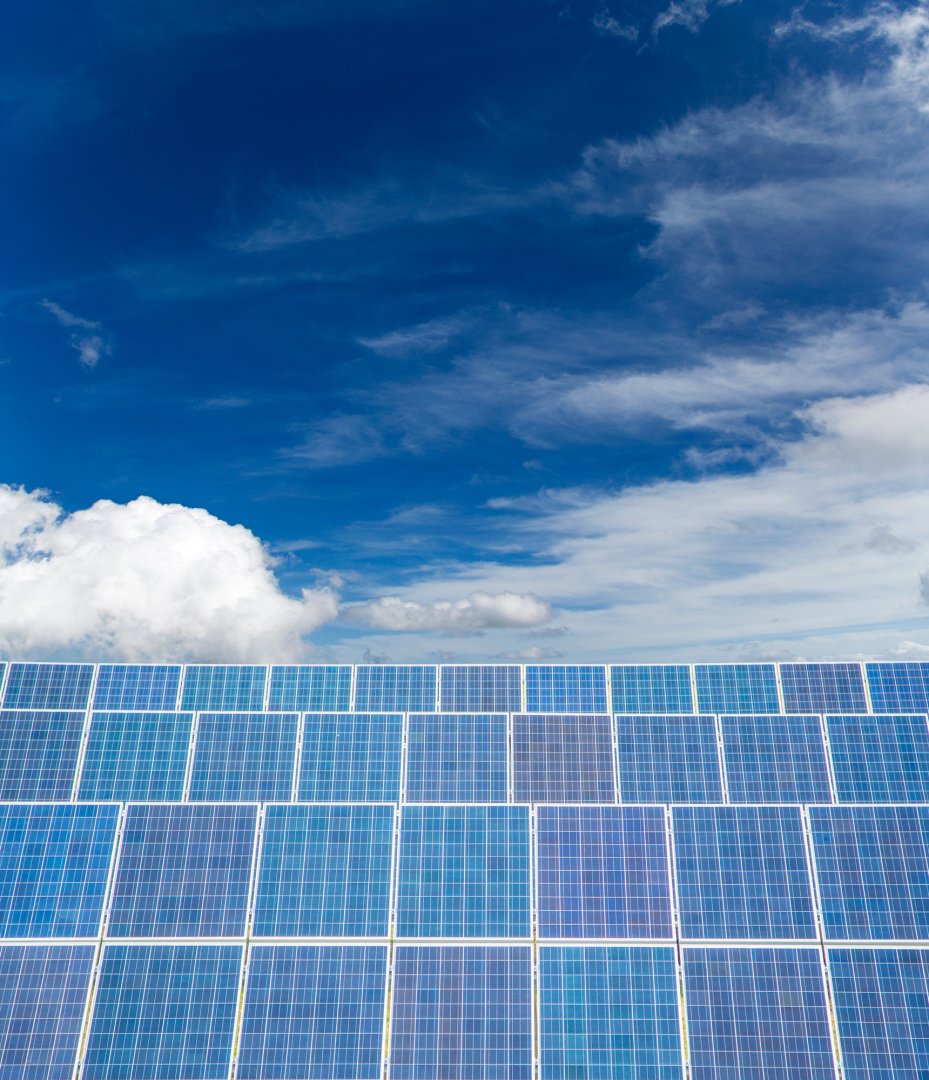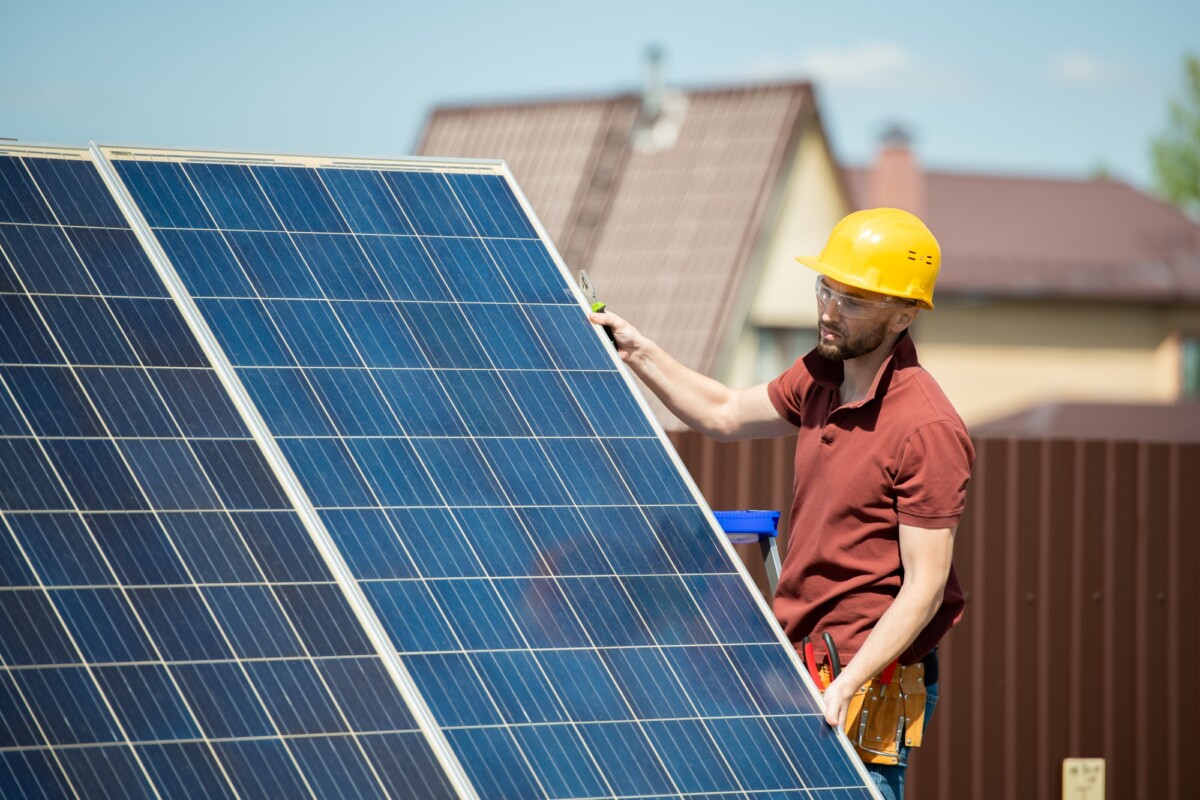How Solar Efficiency Improvements Are Revolutionizing Energy Consumption
Solar energy is capturing attention like never before. The problem? Traditional solar panels have limitations in efficiency, often converting only a fraction of sunlight into usable energy. But here’s the promise: Solar Efficiency Improvements are changing the game, offering a brighter, more sustainable future for energy consumption.
Breakthroughs in Solar Technology
Recent advancements in solar technology have led to significant efficiency gains. Innovations such as multi-junction solar cells and perovskite materials are pushing conversion rates higher than ever. These improvements mean more energy from the same amount of sunlight, making solar power a more viable option for everyone.
Benefits of Enhanced Solar Efficiency
- Increased Energy Output: More efficient panels generate more electricity, reducing reliance on fossil fuels.
- Cost Savings: Higher efficiency means fewer panels are needed, lowering installation and maintenance costs.
- Environmental Impact: By maximizing energy capture, we reduce carbon footprints and promote a cleaner planet.
With these advancements, solar energy is not just an alternative; it’s becoming a leading solution in the quest for sustainable energy. Transitioning to solar power is now more compelling than ever, thanks to these remarkable improvements.
The Science Behind Solar Efficiency: What Makes It Possible?
Solar energy has captured the world’s attention, promising a cleaner, more sustainable future. However, the challenge lies in maximizing the efficiency of solar panels. Solar Efficiency Improvements are crucial for harnessing more energy from the sun’s rays, making solar power a viable alternative to fossil fuels.
Understanding Solar Efficiency
Solar efficiency refers to the percentage of sunlight that can be converted into usable electricity. Recent advancements have led to significant Solar Efficiency Improvements, allowing panels to convert more sunlight into energy. This is achieved through innovations in photovoltaic technology, such as the use of multi-junction cells and improved semiconductor materials.
- Multi-Junction Cells: These cells layer different materials to capture a broader spectrum of sunlight, enhancing efficiency.
- Advanced Semiconductors: New materials like perovskites are being developed to improve light absorption and conversion rates.
The Role of Technology in Solar Efficiency
Technological advancements play a pivotal role in Solar Efficiency Improvements. Innovations in solar panel design, such as bifacial panels that capture sunlight from both sides, and the integration of AI for optimal positioning, are transforming the industry. These technologies ensure that solar panels operate at peak efficiency, even in less-than-ideal conditions.
Top Innovations Driving Solar Efficiency Improvements in 2023
In 2023, solar efficiency improvements are capturing attention like never before. The problem? Traditional solar panels often fall short in maximizing energy output. The promise? New innovations are revolutionizing solar technology, making it more efficient and accessible for everyone.
Advanced Photovoltaic Materials
One of the most exciting advancements is the development of advanced photovoltaic materials. These materials are designed to capture more sunlight and convert it into electricity more efficiently. Perovskite solar cells are leading the charge, offering higher efficiency rates and lower production costs.
Smart Solar Inverters
Smart solar inverters are another game-changer. They optimize the energy conversion process, ensuring minimal energy loss. These inverters can adapt to changing weather conditions, maximizing energy output regardless of the environment.
- Real-time monitoring: Provides insights into energy production and consumption.
- Adaptive algorithms: Adjusts operations based on environmental changes.
Bifacial Solar Panels
Bifacial solar panels are gaining popularity due to their ability to capture sunlight from both sides. This design increases energy generation by up to 30%, making them a highly efficient option for solar installations. As these innovations continue to evolve, the future of solar efficiency improvements looks brighter than ever.

Ready to make the switch? Discover how solar power can lower your bills and boost your home’s efficiency. Get a Free Solar Estimate at FREE SOLAR POWER QUOTES
Can Solar Efficiency Improvements Make Solar Panels More Affordable?
Solar efficiency improvements are capturing attention worldwide, promising a brighter and more sustainable future. The problem many face is the high initial cost of solar panels, which can deter potential users. However, advancements in solar technology promise to make these systems more efficient and, ultimately, more affordable for everyone.
Understanding Solar Efficiency
Solar efficiency refers to the ability of solar panels to convert sunlight into usable electricity. Recent innovations have led to significant improvements in this area, allowing panels to generate more power from the same amount of sunlight. This means fewer panels are needed to produce the same energy output, reducing overall costs.
- Higher Energy Output: Modern panels can achieve higher energy outputs, making them more cost-effective.
- Reduced Material Costs: With improved efficiency, fewer materials are needed, lowering production expenses.
The Economic Impact of Efficiency
As solar efficiency improves, the cost per watt of solar energy decreases. This economic benefit is crucial for making solar energy accessible to a broader audience. Transitioning to more efficient panels can lead to substantial savings over time, making solar a viable option for more households and businesses.
Future Prospects
The future of solar energy looks promising with continuous advancements in technology. As efficiency improves, the affordability of solar panels will likely increase, encouraging widespread adoption. This shift not only benefits individual users but also contributes to a more sustainable global energy landscape.
Exploring the Environmental Impact of Enhanced Solar Efficiency
Solar energy is capturing more attention than ever, and for good reason. The problem? Traditional solar panels, while beneficial, haven’t always been the most efficient. But here’s the promise: Solar Efficiency Improvements are changing the game, making solar power more viable and environmentally friendly than ever before.
The Power of Enhanced Efficiency
- Reduced Carbon Footprint: Enhanced solar efficiency means more energy is captured from the sun, reducing reliance on fossil fuels and cutting down on greenhouse gas emissions.
- Less Land Usage: With improved efficiency, fewer panels are needed to produce the same amount of energy, preserving natural habitats and reducing land use.
Economic and Environmental Benefits
Solar Efficiency Improvements not only benefit the environment but also offer economic advantages. By harnessing more energy, homeowners and businesses can lower their electricity bills. Moreover, governments can reduce energy imports, enhancing energy security and supporting local economies.
In conclusion, as we continue to innovate and improve solar technologies, the environmental impact is profound. These advancements promise a cleaner, more sustainable future, making solar energy a cornerstone of global energy strategies.
How Do Solar Efficiency Improvements Benefit Homeowners?
Attention: Imagine cutting your energy bills significantly while contributing to a greener planet.
Problem: Many homeowners are unaware of how solar efficiency improvements can maximize their solar panel investment.
Promise: By understanding these advancements, you can enhance your home’s energy efficiency and savings.
Solar efficiency improvements are transforming the way homeowners harness solar energy. These advancements mean that modern solar panels can convert more sunlight into electricity than ever before, making them a smart investment for any home. With higher efficiency, you can generate more power from the same amount of sunlight, reducing your reliance on the grid.
Key Benefits of Solar Efficiency Improvements
- Increased Energy Savings: Enhanced solar panels produce more electricity, leading to lower utility bills.
- Smaller System Footprint: Higher efficiency means fewer panels are needed to meet energy needs, saving space and reducing installation costs.
- Boosted Home Value: Homes equipped with efficient solar systems are more attractive to buyers, often selling faster and at higher prices.
By embracing solar efficiency improvements, homeowners not only save money but also contribute to a sustainable future. These advancements make solar energy a more viable and attractive option, ensuring that your investment pays off in the long run.
The Role of Government Policies in Accelerating Solar Efficiency Improvements
Solar energy is shining brighter than ever, capturing attention worldwide. However, the challenge lies in enhancing solar efficiency improvements to meet growing energy demands. Fortunately, government policies are stepping up, promising to accelerate these advancements and make solar power more accessible and efficient.
Government policies play a pivotal role in driving solar efficiency improvements. By implementing incentives and subsidies, they encourage both manufacturers and consumers to invest in solar technology. These financial aids reduce the initial cost barriers, making solar installations more appealing and widespread.
Incentives and Subsidies
- Tax Credits: Governments offer tax credits to reduce the cost of solar installations, encouraging more homeowners and businesses to switch to solar.
- Grants and Rebates: These financial aids help offset the initial investment, making solar technology more affordable.
Moreover, regulatory frameworks set by governments ensure that solar technologies adhere to high efficiency standards. By mandating rigorous testing and certification processes, they ensure that only the most efficient technologies reach the market, thus driving innovation and improvements in solar efficiency.
Regulatory Frameworks
- Efficiency Standards: Governments establish benchmarks that solar technologies must meet, pushing for continuous improvement.
- Innovation Grants: Funding for research and development fosters breakthroughs in solar technology, enhancing efficiency.
In conclusion, government policies are crucial in fostering solar efficiency improvements. Through financial incentives and stringent regulations, they not only make solar power more accessible but also drive technological advancements, paving the way for a sustainable energy future.
What Challenges Do We Face in Achieving Maximum Solar Efficiency?
Solar energy is a beacon of hope for a sustainable future, but achieving maximum solar efficiency remains a complex puzzle. The promise of Solar Efficiency Improvements is enticing, yet several hurdles must be overcome to unlock its full potential. Let’s explore these challenges and how they impact our journey toward a greener planet.
Technological Limitations
While solar technology has advanced significantly, efficiency rates still hover around 20-25% for most panels. This means a substantial portion of solar energy is not converted into usable electricity. Innovations in photovoltaic materials and design are crucial to enhancing these rates and achieving better Solar Efficiency Improvements.
Environmental Factors
Solar panels are highly dependent on sunlight, making them less effective in cloudy or rainy regions. Dust, dirt, and snow can also obstruct sunlight, reducing efficiency. Regular maintenance and strategic placement are essential to mitigate these environmental impacts and optimize energy capture.
Economic Barriers
The initial cost of solar panel installation can be prohibitive for many. Although prices have decreased, the financial investment remains significant. Incentives and subsidies can help, but broader economic strategies are needed to make solar energy more accessible and drive widespread Solar Efficiency Improvements.
How FreeSolarPower Can Help You Leverage Solar Efficiency Improvements for Your Home
Are you ready to harness the power of the sun more effectively? Solar efficiency improvements are the key to maximizing your energy savings and reducing your carbon footprint. However, navigating the myriad of options can be overwhelming. At FreeSolarPower, we promise to guide you through the process, ensuring you make the most informed decisions for your home.
Understanding Solar Efficiency Improvements
Solar efficiency improvements involve enhancing the performance of your solar panels to capture more sunlight and convert it into usable energy. This can be achieved through various methods, such as upgrading to high-efficiency panels, optimizing panel placement, and integrating smart energy management systems. By focusing on these improvements, you can significantly boost your energy output and savings.
Benefits of Solar Efficiency Enhancements
- Increased Energy Savings: Improved efficiency means more energy production, leading to lower electricity bills.
- Environmental Impact: Higher efficiency reduces reliance on fossil fuels, decreasing your carbon footprint.
- Property Value: Homes with efficient solar systems often see an increase in market value.
How FreeSolarPower Supports Your Solar Journey
At FreeSolarPower, we offer expert advice and resources to help you implement solar efficiency improvements seamlessly. Our team provides personalized consultations to assess your current setup and recommend the best upgrades. Additionally, we connect you with trusted installers and suppliers, ensuring quality and reliability every step of the way.
Join the solar movement today! Thousands are already saving—claim your free consultation to get started. Schedule Your Free Consultation at FREE SOLAR POWER QUOTES
Interested in more options? Take a look at SOLAR ENERGY for tailored solar solutions that suit your home!


